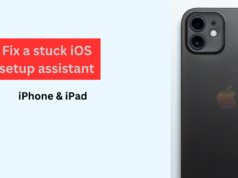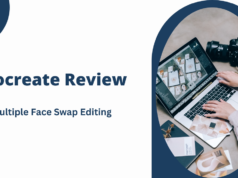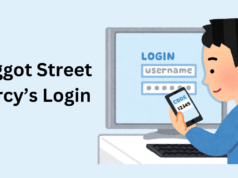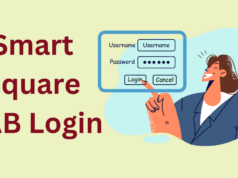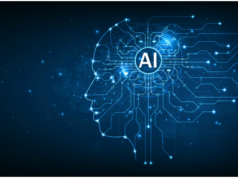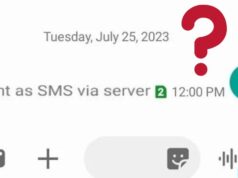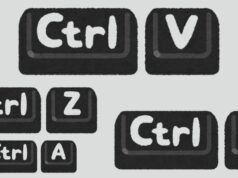One of the biggest complaints about employee performance reviews is that they can so easily become subjective. Personal biases start to get in the way of providing useful feedback, which soon leads to allegations of favoritism. This can start to erode trust in an organization’s human resource department over time.
Fortunately, there are a number of technical solutions that can help to dramatically improve this situation by tracking employee performance in a non-biased way. Machine learning algorithms and database structures can’t make any actual judgments due to the fact that they’re simply a collection of bits operating inside of a machine. As a result, their hard numbers provide a far more fair way to handle the situation. Since employees often have at least some control over the workplace dashboard, they can even request more frequent check-ins and have a chance to explain their situation.
Deploying Advanced HR Department Technology
Using multiple tools side-by-side is usually the best approach when incorporating HR software in the workplace. Collaboration tools are normally the first ones adopted, and they’ve had the most visible impact thus far. Companies that continue to allow at least some portion of their workforce to telecommute are ramping up their investment in these tools, since they put remote employees on more or less equal footing with in-person staffers.
Legacy payroll systems are often seen as onerous, and many of their replacements have been viewed as little better than a veiled attempt at surveillance. Forward-thinking managers are moving away from these technologies and instead opting for integrated time tracking software packages that allow employees to track their own performance metrics. If there’s ever a discrepancy, then the software gives them the opportunity to state their position so that they don’t feel like they’re being boxed in. That’s helped to promote a more balanced culture than other technological management techniques would.
Incorporating an Open Culture
Performance evaluations are normally done on quarterly or yearly basis, which means that many of the metrics being considered are taken far out of context. That makes it difficult for employees to actually improve their performance based on the feedback they’re given. A more open-ended evaluation approach is best. By letting everyone in a department see a full list of their expectations, managers can help ensure that their crews don’t feel like their assignments are coming to them at random.
Rather than emphasizing punitive action, tech-savvy HR department heads are using information collected by tracking applications as a chance to find learning opportunities. Taking action against employees seldom contributes to their success, but taking each chance to offer a little additional training can often give them additional skills they’d otherwise never get a chance to earn. A quick look at an employee dashboard is often all that’s needed to identify some weak points and figure out a few ways to improve the situation.
Problems related to scheduling or in-office bottlenecks will normally be self-evident as a result of the clear information provided by workplace management software. Timely information gives managers a chance to correct issues before they become more serious. Nevertheless, a number of managers have found that modern time tracking services have helped them to de-emphasize many of the more uncomfortable aspects of a performance evaluation.
Keeping the Feedback Loop Proactive
A renewed emphasis on growth may very well be the biggest chance to come out of the adaption of modern employee tracking technology. Labor relations have traditionally been seen as a sort of competition where the staffers who work in an organization are constantly at odds with those who run it. There’s no reason that it has to be this way, however.
By using positive feedback as a way to enter into a conversation with employees, managers can offer suggestions without looking like they’re attacking anyone. Staffers who consistently struggle with some aspect of their workday should be given an opportunity to make their own suggestions before any sort of action is taken. Chances are if they see their own tracking data sheets showing some area for improvement, they’ll want to succeed on their own.
Astute managers will take note of certain trends and use these as opportunities to give positive feedback as well. Immediate recognition is an excellent way to reward good workplace behavior and encourage staffers to develop good habits that help them consistently meet goals. Offices that have incorporated collaborative technological solutions often find that the performance evaluation process becomes more of a two-way street than it ever was in the analog era.






